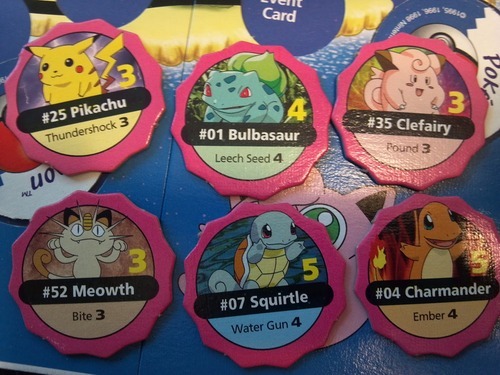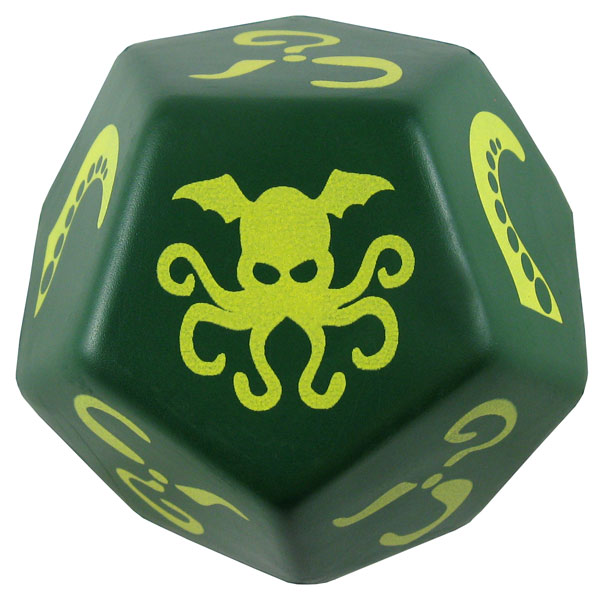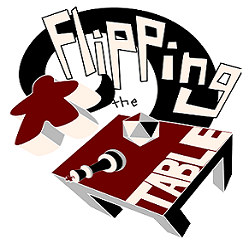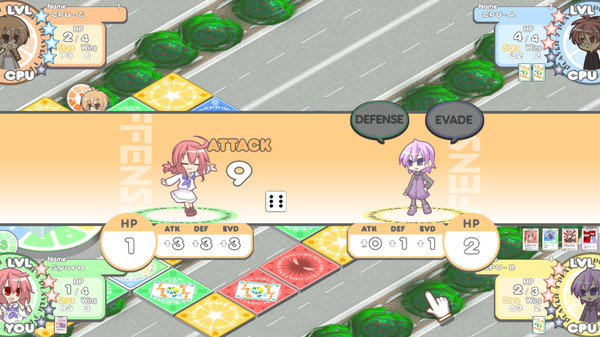You've started your adventure from Pallet town, traveled far and wide across the Kanto region. With your starter, you've battled, trained, and discovered all sorts of people, places, and Pokémon. You've encountered the Legendaries of the region, even managing to catch the powerful Mewtwo. With your team in place, your power at its peak, and a couple potions in your belt, you take the step forward to the Indigo Plateau. Now you're ready to battle the Elite Four and finally become the Pokémon Master Trainer.

GAME DESCRIPTION: In honor of the 20th anniversary of Pokémon, I decided to show off one of my favorite games, Master Trainer. Based off the games and show, Pokémon Master Trainer is a 2-6 player game where each player travels around the region of Kanto, attempts to catch various Pokémon from the first 150, and gather enough power from their team to become a true Pokémon Master.
SET-UP: Players begin by getting 1 of 6 starter Pokémon tokens, and the appropriately colored Ash token to go with it: Charmander, Squirtle, Bulbasaur, Meowth, Clefairy, and Pikachu. These are the only Pokémon you must keep throughout the game. Every other Pokémon is put facedown into the matching color slots scattered along the board.
POKÉMON TOKENS: Pink tokens are the weakest, and contain the first stages of Pokémon, to what are generally considered the weakest (e.g. Rattata, Pidgey, Caterpie) Green contain the next strongest group, blue after that, with red tokens being the strongest in the game, as well as containing the highest evolutions of half the starters (e.g. Charizard, Blastiose, Venasaur). Finally, the yellow tokens contain the 4 legendary Pokémon Articuno, Zapdos, Moltres, and Mewtwo. These can only be seen through events. Every Pokémon token has a die number underneath it. You must roll that number to capture it.

BOARD: There are 3 types of spaces on the board. Landing on a Catch 'Em space allows you to attempt a roll against the Pokémon space you landed on. City or Town Spaces allow you to heal 1 of your fainted Pokémon, or draw item cards. Draw an Event lets you, well, draw an event card.
EVENTS: There are two types of cards, item and event cards. Event cards have 1 turn effects that have various effects from healing your team, trading or battling another player's Pokémon with one of your own, freely obtaining a Pokémon from the color you are on, draw Item cards. or encountering one of the legendary Pokémon.
ITEMS: Each player has a hand, from 0 to 6 cards, that can contain Item cards. These cards can be Attack Bonuses for trainer battles, different kinds of Pokeballs for catching Pokémon, the Time Machine which allows you to freely re-roll any thrown dice once, Fly to a town, or an item that heals a fainted Pokémon or avoid a trade or battle altogether.
BATTLE: When you draw a battle card, or fight one of the Elite Four, you enter a battle. Each trainer chooses one Pokémon to battle with. At the bottom of each Pokémon is a number written in black. This is that Pokémon's starting power. Each trainer may then play a card from their hand, and apply the effect. Finally, both trainers roll the die, and add the resulting number. The loser flips their Pokémon face-down (unless they only have one, then skip this rule) and the winner randomly takes up to 2 item cards from the loser, and draws any remaining amount from the deck.

BONUS: There are 2 kinds of bonuses. When in battle with a trainer or the Elite 4, you are allowed to play an Attack Bonus card. These give you a 1-5 attack bonus. If you have all members of 1 evolutionary line (Clefairy and Clefable, or Weedle, Kakuna, and Beedrill), you get an additional bonus. You get an additional 3 points for a complete evolutionary line of 2, and 5 points for a complete evolutionary line of 3. ALL Pokémon must be yours to obtain the bonus, which means an evolutionary line of 3 does not get a bonus if there are 2 members in your team.
INDIGO PLATEAU: Every Pokémon also has a yellow number. When these all add up to 20 or more, you can enter the Indigo Plateau via Cinnabar Island. All these spaces have an effect similar to the board, except for one. This space, "ENTER Final Battle", makes you battle a member of the Elite Four or the Champion. Any other trainer not battling takes the role of the character. All Elite four has a base power, and the Elite 4 member also rolls, applying the dice number and the bonus located below. If the challenging trainer's Pokémon loses, that trainer is kicked off the plateau back to Cinnibar Island, and the chosen Pokémon faints. If that trainer wishes, they can return to the plateau of they still have at least 20 points. However, if that trainer wins the battle, the game is over and the trainer wins the game.
CONCLUSION: This is a must play for any aspiring and current Pokémon trainer. This game can change on dime, such as an opposing trainer getting your Charizard while you have both Charmander and Charmeleon. The trade feature is crazy, as I've lost my precious Zapdos for a freaking Oddish! But even with that and the 1+ hour gameplay length, this holds a special place in my heart. Happy anniversary Pokémon, and thank you for filling my life with the child-like wonder and sense of adventure only you can give. There also happens to be both a Pokémon Master Trainer 2, as well as a red edition of Pokémon Master Trainer which plays a little easier and contains the 2nd Generation Pokémon from the Gold, Silver, and Crystal games.










